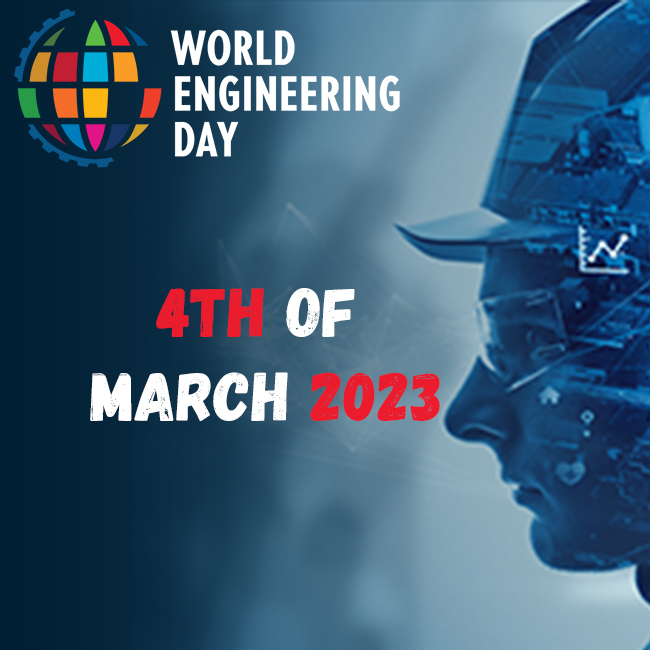
The Fourth Industrial Revolution could make products and services more easily accessible and transmissible for businesses, consumers, and stakeholders all along the value chain. Preliminary data indicate that successfully scaling 4IR technology makes supply chains more efficient and working hours more productive, reduces factory waste, and has countless other benefits for employees, stakeholders, and consumers.
Implementing Industry 4.0 technology is also especially advantageous amid the challenges of the pandemic. In fact, COVID-19 has accelerated the 4IR transition because physical distancing and shifting consumer demands forced companies to embrace digitization and contactless operations. Six months into the pandemic, 94 percent of the respondents to a McKinsey survey said that Industry 4.0 had helped keep the operations of their companies running, and 56 percent considered these technologies critical to the crisis response.
Before the pandemic, the top motivators for companies to digitize varied by industry. But in 2020, three drivers were common across all sectors and geographies: agility, flexibility, and manufacturing efficiency. Companies that had already scaled up Industry 4.0 technologies before COVID-19 were better positioned to handle the challenges that arose.
One consumer-packaged-goods company in Asia built a digital twin of its supply chain to simulate different scenarios. During the pandemic, the company used this simulator to prepare for sudden shutdowns or disruptions in the supply of materials.
When one coffee machine plant in Treviso, Italy, transformed itself from an uncompetitive site into a manufacturing lighthouse, labor productivity rose by 33 percent and lead times fell by 82 percent.
Of the surveyed companies that had not begun implementing Industry 4.0 technologies, 56 percent felt constrained in their responses to the pandemic’s challenges as a results
What is Industry 4.0’s impact on the economy?

Industry 4.0 will continue to have a significant impact on the economy. The greatest economic boons will go to the fastest-acting companies.
According to a 2018 McKinsey Global Institute analysis, Industry 4.0 front-runners—facilities well on their way to adopting AI and other advanced technologies by 2025—can expect a 122 percent positive cash flow change. Follower companies can expect just 10 percent, while companies that wholly fail to adopt AI could see a 23 percent downturn.
Industry 4.0 is also projected to transform the skill sets of the workforce by shifting the standards for sought-after talent. Over the coming decade, we will see these changes as more and more companies embrace robotics:
- Demand for physical and manual skills in repeatable tasks, like those on assembly lines, will decline by nearly 30 percent.
- Demand for basic literacy and numeracy skills will decline by almost 20 percent.
- Demand for technological skills such as coding will rise by more than 50 percent.
- Demand for complex cognitive skills will rise by about 33 percent.
- Demand for high-level social and emotional skills will rise by more than 30 percent.
In 2025, the value creation potential of Industry 4.0 for manufacturers and suppliers is expected to reach $3.7 trillion.
What industries are being transformed by Industry 4.0?

Every single industry will be transformed during the Fourth Industrial Revolution, but some to a greater degree than others. The nature of the Industry 4.0 transition will differ by the specific types of technology being adopted, as well as the existing infrastructure and skills of organizations. The transformation can be broken down into three archetypes of adoption pathways:
Accelerated. Regardless of a company’s existing tech infrastructure (whether advanced or nonexistent) certain inexpensive digital, augmented-reality, and automation solutions are rapidly adoptable without transition headaches.
Differential. The existing tech infrastructure will affect how quickly some technologies are adopted. Companies with less foundational information technology (IT), operations technology, and data infrastructure will need time to transition. More advanced companies are better equipped for quick implementation.
Slowed or deferred. Even at companies with an advanced tech infrastructure, the adoption of the most cutting-edge innovations (such as full end-to-end automation) will be slow because of the high level of required capital expenditure and the unclear long-term payback.
Operationally intensive sectors, such as manufacturing, transportation, and retailing, will experience the greatest change because many companies in these sectors employ large numbers of people for tasks particularly suited for automation or digitization. Operations-intensive sectors have 1.3 times more automation potential than others do.
In these operations-intensive sectors, McKinsey analysis indicates that up to 58 percent of work activities could be automated with current technology. Education, by contrast, is projected to undergo the least degree of change during Industry 4.0; only 25 percent of the sector’s work is automatable.
Operationally intensive companies have entered a new wave of automation and digitization. That will have a big impact on the skills they need to remain competitive.

Technological progress is enabling machines to complete many of the tasks that once required human beings. That new automation revolution will have a major effect on employment in the coming years. Nearly every job will change, many quite profoundly, and the overwhelming majority of today’s employees will need to develop new skills. Preparing for the future of work is one of the defining business problems of our time—yet it is one that most organizations are not ready to address.
The transition to the automation revolution has been accelerated by the COVID-19 pandemic. Companies are emerging from the crisis into a world of workplace physical distancing and major changes in customer behaviors and preferences. Recovery is forcing organizations to reimagine their operations for the next normal. Manufacturing companies are reconfiguring their supply chains and their production lines. Service organizations are adapting to emphasize digital-first customer journeys and contactless operations. Those changes will have significant effects on the requirements for workforce skills and capabilities, from a dramatic increase in home-based and remote working to a need for shop-floor personnel to master new tools and newly urgent health and safety requirements.
The future of work will require two types of changes across the workforce: upskilling, in which staff gain new skills to help in their current roles, and reskilling, in which staff need the capabilities to take on different or entirely new roles. Our research suggests that the reskilling challenge will be particularly acute in operationally intensive sectors, such as manufacturing, transportation, and retail, and operations-aligned occupations, such as maintenance, claim processing, and warehouse order picking.1 Those sectors and occupations will experience a magnitude of change greater than the global average because they often employ large numbers of people and because the predictable and repetitive nature of many operational tasks makes them particularly suitable for automation or digitization.
Our analysis suggests that 39 to 58 percent of the worldwide work activities in operationally intensive sectors could be automated using currently demonstrated technologies. That is 1.3 times the automation potential of activities in other sectors (Exhibit 1).





